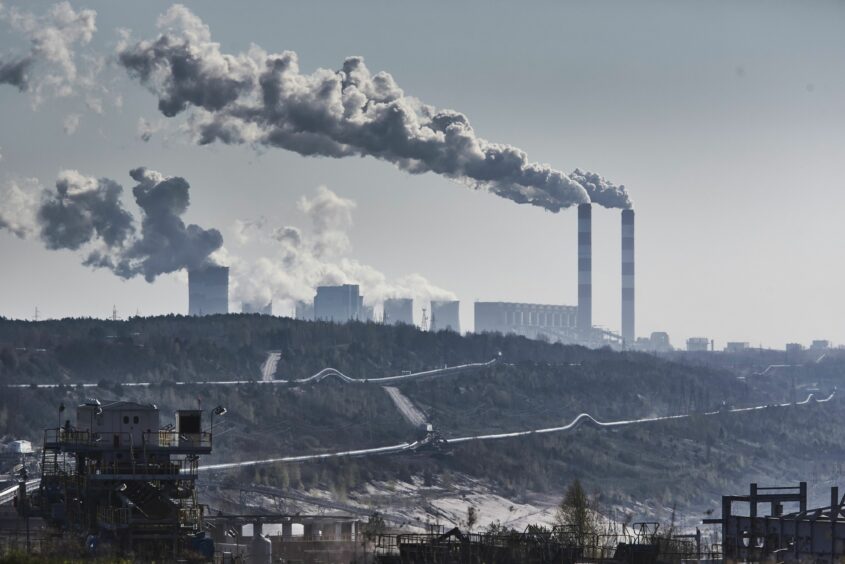
The price of polluting in the European Union may rise to as much as 85 euros a metric ton by the end of the decade as the bloc tightens its carbon market and forces a swifter shift to clean energy, according to a draft analysis by the EU’s executive arm.
Carbon futures in the region have doubled in two years to more than 55 euros on expectations that reforms to align the market with stricter 2030 climate targets will make emission permits more scarce. The European Commission’s new price projection, included in an analysis of the bloc’s planned Emissions Trading System overhaul, is still lower than forecasts by most carbon analysts.
The Commission is due to unveil the biggest reform to date of the ETS on July 14. It will be part of a broader package of laws to put the region’s economy on track to meet tougher emission targets agreed under the European Green Deal. The EU is also designing measures to shield vulnerable households from the costs of the green transition and protect the competitiveness of its industry.
“The projected 2030 carbon prices of 50 euros to 85 euros, assuming strong complementary Green Deal policies of various strength as well as the anticipation of future decarbonization requirements, increase average fuel prices for industry and households,” according to a draft summary of the impact assessment seen by Bloomberg News. “Relative increases are stronger for buildings than for transport and industry.”
The EU projections compare with a 2030 price of 108 euros a ton forecast by researcher BloombergNEF. Some hedge funds have said they see carbon prices surging to 100 euros as soon as this year. The permits traded at 55.90 euros a ton at 11:58 a.m. in London on Tuesday.
Under the planned market overhaul, the Commission is set to propose extending the ETS to include shipping and create an “adjacent” emissions trading program for buildings and road transport. EU climate chief Frans Timmermans said this month that some of the revenues generated by the new system could go into a dedicated fund that national governments could use to compensate vulnerable citizens for the cost of the switch to green energy.
The reform of the EU’s ETS will need to be approved by national governments and the European Parliament to become law. The legislative process, during which member states and the EU assembly can propose amendments to the Commission’s plan, may take around two years.